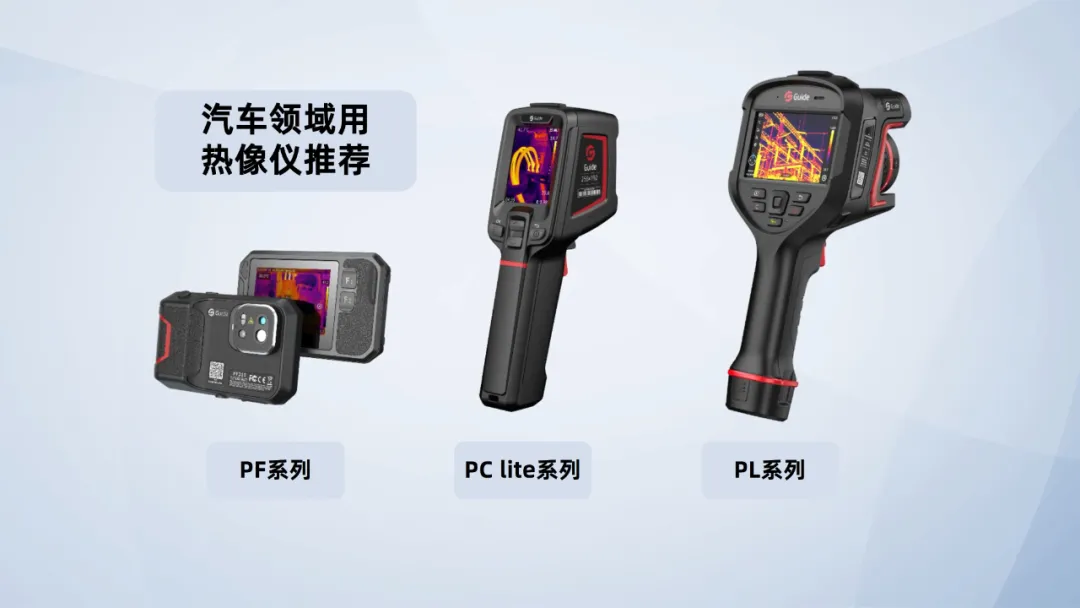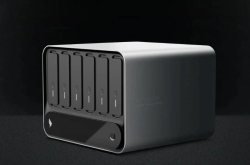Your Car May Be Secretly 'Running a Fever'
![]() 12/02 2024
12/02 2024
![]() 551
551
With the automotive industry's continuous pursuit of performance and safety, the application value of infrared thermography technology has become increasingly prominent. This technology, with its unique ability to measure temperature accurately in a non-contact manner and present the temperature distribution of components in real-time, plays a crucial role throughout the entire lifecycle of automobiles, including R&D, manufacturing, and maintenance.

Infrared thermography provides an efficient solution for performance testing and issue tracking in automotive R&D.
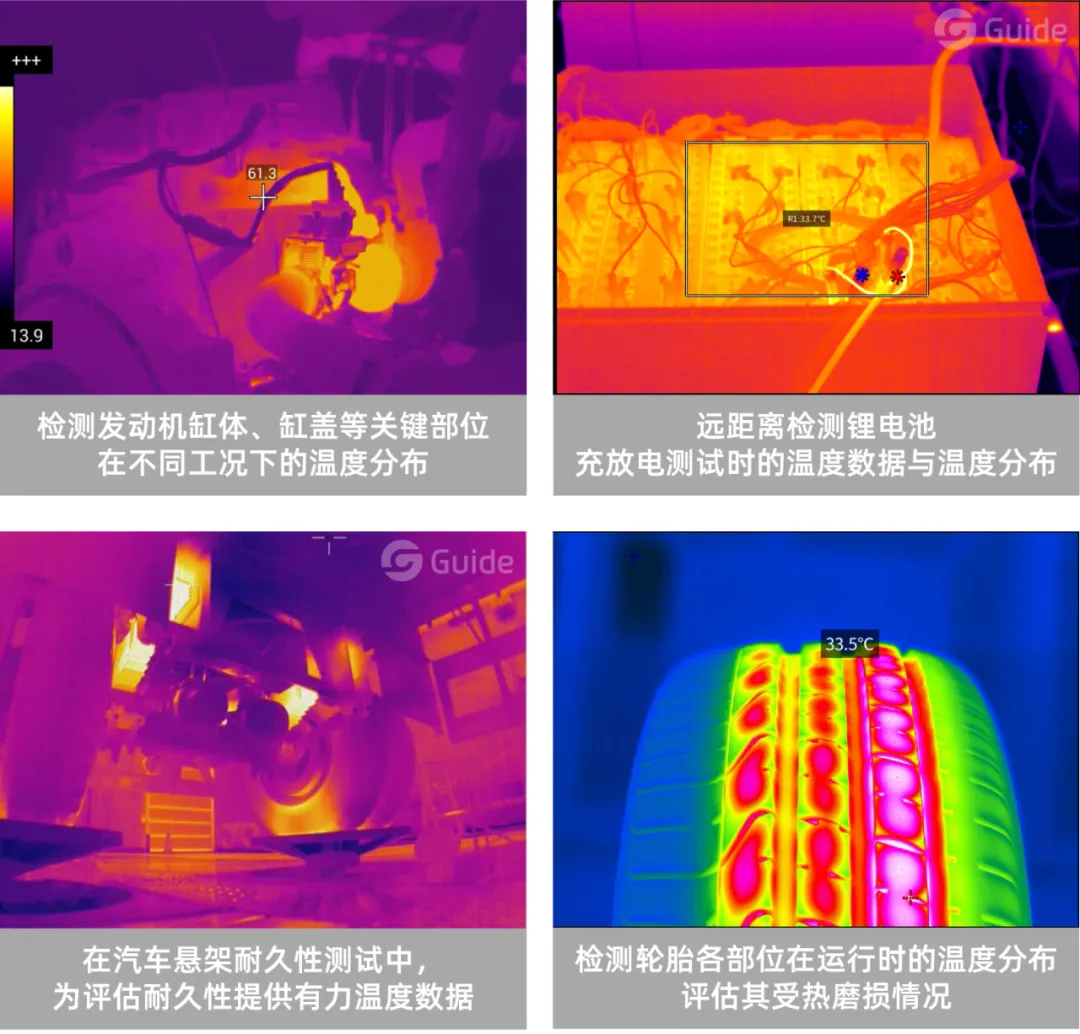
It can comprehensively evaluate key automotive components, including engines, lithium batteries, suspension systems, braking systems, exhaust systems, tire performance, and electronic and electrical systems. By tracking temperature changes in real-time and visually presenting component operation status through thermal images, engineers can precisely tune component performance and accurately assess system efficiency, thereby optimizing the design of various automotive components.

In the complex manufacturing process of automobiles, infrared thermography is primarily used to detect product quality and improve production efficiency.
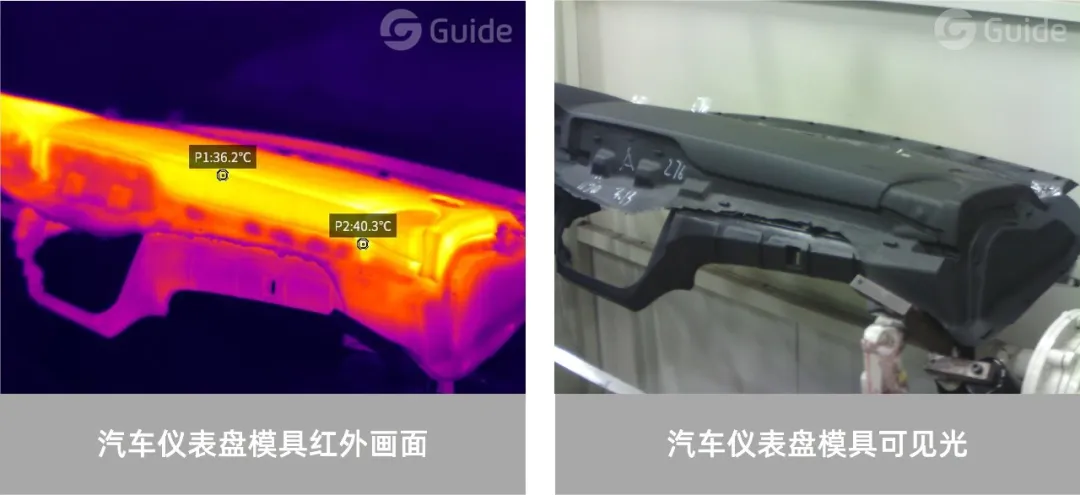
Thermography can detect the temperature distribution of automotive molds to ensure even heating and prevent thermal deformation of components. During and after the welding process, it can perform real-time inspection of welds to quickly detect welding defects such as incomplete penetration, porosity, and slag inclusion. Additionally, it can monitor the thermal state of electrical connections and components to prevent overheating and potential safety hazards, effectively enhancing precision and production efficiency in the automotive manufacturing process.

Many faults that occur during vehicle usage are closely related to abnormal temperature changes. Infrared thermography helps maintenance personnel locate faults in a non-destructive manner, eliminating the uncertainty associated with relying solely on human experience, thereby improving the accuracy and efficiency of fault diagnosis.
1. Detection of Engine Overheating Faults
Inspect the temperature distribution of the engine block, cylinder head, and various pipelines. Using the thermal images presented by the thermograph, maintenance personnel can quickly determine if there is localized overheating in the engine and accurately locate suspicious fault points, avoiding unnecessary disassembly.
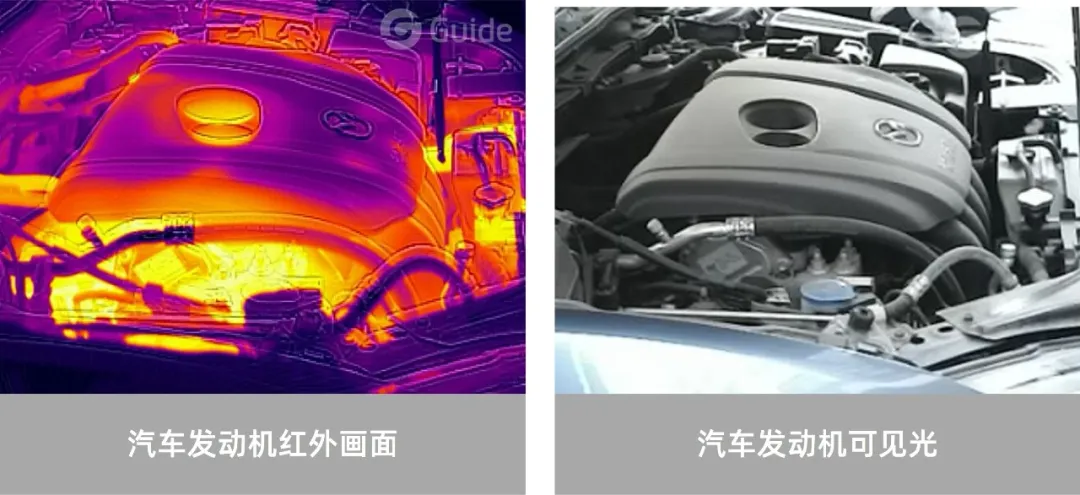
2. Locating Automotive Circuit Faults
Circuit faults are often accompanied by localized abnormal temperature increases. Infrared thermography can precisely capture subtle temperature differences caused by circuit faults. In thermal images, maintenance personnel can quickly identify suspicious fault points and their locations.
3. Automotive Brake Pad Inspection
Temperature is a crucial factor affecting brake pad performance. By monitoring temperature changes throughout the brake pads and braking system, technicians can analyze the braking and wear conditions of the brake pads.
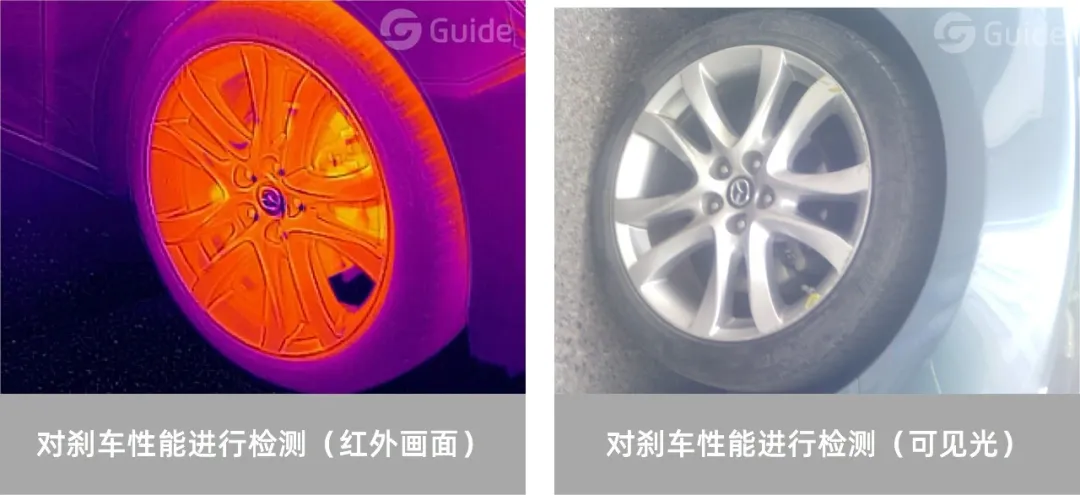
Additionally, infrared thermography can be used for various other purposes, such as detecting abnormal thermostat component temperatures, air conditioning pipe leaks and damage, rear window heater wire breaks, tire leaks, wheel bearing faults, and uneven seat heating, providing maintenance personnel with valuable clues for repairs.
Thermography equips engineers with the superpower to 'see through' the working status of components. The heat distribution and temperature data obtained through thermography become crucial for assessing the health, structural integrity, and potential issues of automotive components, driving the automotive industry toward greater efficiency, intelligence, and safety while also providing drivers and passengers with a safer and more reliable driving experience.
